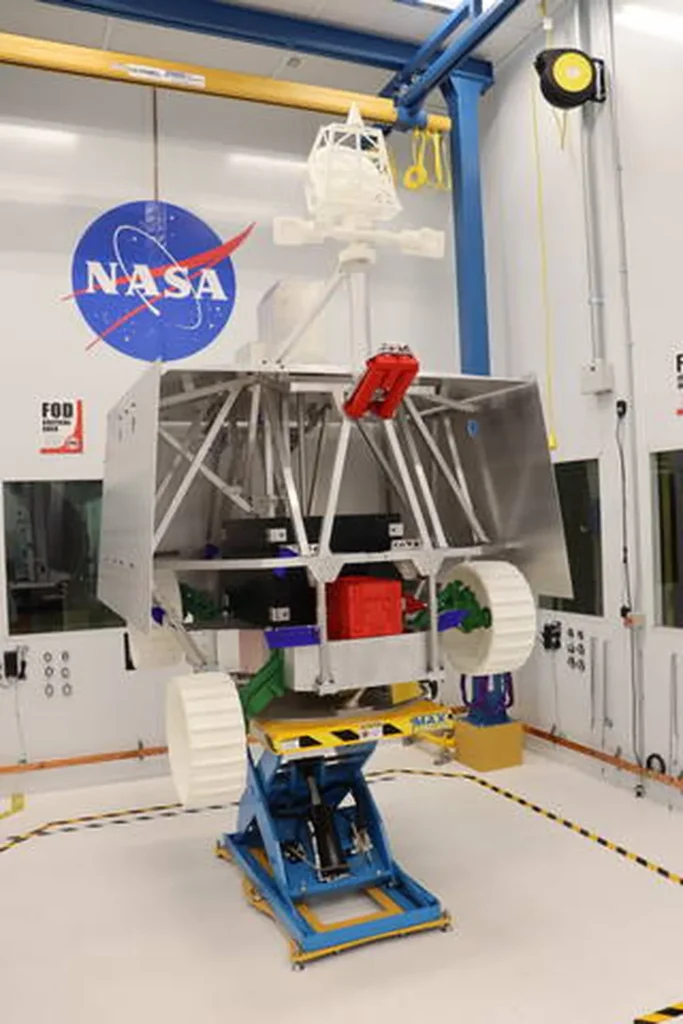In the ever-evolving world of construction materials, a new player is gaining traction, promising to revolutionize the way we build and repair infrastructure. Reactive Powder Concrete (RPC), a type of High Performance Concrete (HPC), is making waves in the industry, and a recent review published in the *Journal of Engineering Bridges* (Mağallaẗ Al-kūfaẗ Al-handasiyyaẗ) by Atheer H.M. Algburi from the Department of Building and Construction Techniques Engineering at Al-Furat Al-Awsat Technical University in Iraq, sheds light on its composition, development, and applications.
RPC is not your average concrete. It’s a high-strength, ductile material that’s finding its way into specialized applications and harsh environments. “RPC is a game-changer,” says Algburi. “It’s not just about strength; it’s about durability, sustainability, and versatility.”
So, what makes RPC so special? The secret lies in its composition. RPC is primarily made up of cement, fine aggregate, silica fume, superplasticizer, and water. But here’s the twist: steel fibers are often added to the mix to enhance ductility. This unique combination results in a material that’s not only strong but also flexible and durable.
The review highlights the significance of RPC in terms of mix design, compressive strength, and durability. It also delves into the use of fibers and reports on the applications and experimental studies of RPC in infrastructure. One of the most exciting findings is the potential of RPC as a new repairing-strengthening material.
But what does this mean for the energy sector? The implications are vast. RPC’s superior characteristics make it an ideal choice for constructing and repairing energy infrastructure, from power plants to wind turbines. Its durability and strength can enhance the longevity of these structures, reducing maintenance costs and improving safety.
Moreover, RPC’s potential as a repairing-strengthening material opens up new possibilities for retrofitting existing infrastructure. This could be a game-changer for the energy sector, where aging infrastructure is a significant challenge.
As Algburi puts it, “RPC is not just about building new structures; it’s about enhancing and extending the life of existing ones.”
The review also underscores the significance of ongoing research in this field. As our understanding of RPC deepens, so too will its applications and benefits. This is an exciting time for the construction industry, and RPC is at the forefront of this evolution.
In conclusion, RPC is more than just a new type of concrete. It’s a symbol of innovation and progress in the construction industry. And with researchers like Algburi leading the way, the future of RPC looks bright. As the energy sector continues to evolve, RPC could play a pivotal role in shaping its infrastructure, making it stronger, more durable, and more sustainable.

